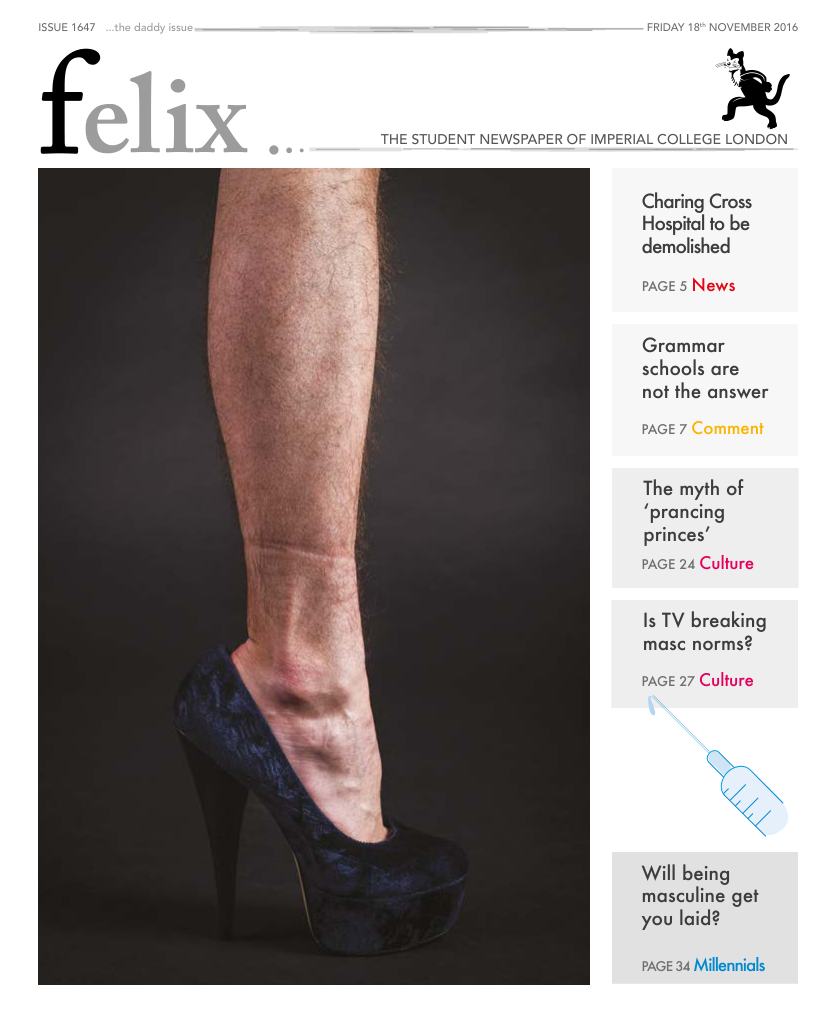Going back to the future in style
First smart watches, then Google Glass – Eva Coles steers upcoming types of wearable technology into the spotlight, some of which are heavily movie-inspired

It seems wearable tech is becoming somewhat of a fashion trend around the world. And many new products coming into play this year take their inspiration from the 1980s film franchise: Back to The Future. Nike were the first to stun the world with the first-ever line of self lacing trainers, The HyperAdapt, which they based on Marty Mcfly’s footwear in the second film. These trainers have been designed with a sensor located at the heel, triggering the fitting process when activated. The new line will be available on November 28th with an initial selling price of $720. Another recent and exciting development from the University of Central Florida, has proved the potential to make solar, nanotech-powered clothing. The study, published only days ago in Nature Communications, has successfully weaved solar powered filaments into textiles. This comes from Associate Professor of nanotechnology Javan Thomas, who mentioned Back to the Future was a major inspiration for him to “realise those cinematic fantasies”.
The research builds upon previous work conducted by Mr. Thomas and his associates, where they developed a cable not only capable of transmitting energy, but also storing it, rather than requiring a grid or battery. The team developed thin, flexible and lightweight copper ribbons, which are split into two layers: one energy storing layer; one solar cell layer. Their groundbreaking achievement removes a major limitation to solar cell portability, as the energy flowing through them has always required a battery for storage. The proof-of-concept was demonstrated using a tabletop loom and a bit of yarn.
Mr. Thomas’s work is likely to revolutionize wearable technology so far as allowing us to charge our phones and other gadgets with jackets or coats by simply “sliding them in a pocket”. Furthermore, military applications would be especially promising, particularly for soldiers stationed in desert climates. These men must often trek for days and carry up to 30 pounds of batteries on their backs, which isn’t easy, even in a calm, safe environment. Other potential uses for this novel technology include cars that could function on solar energy, store that energy and re-charge themselves so long as there is sunlight.









